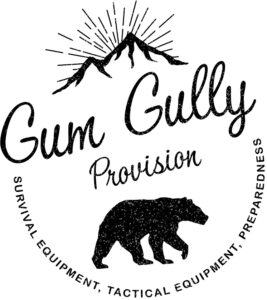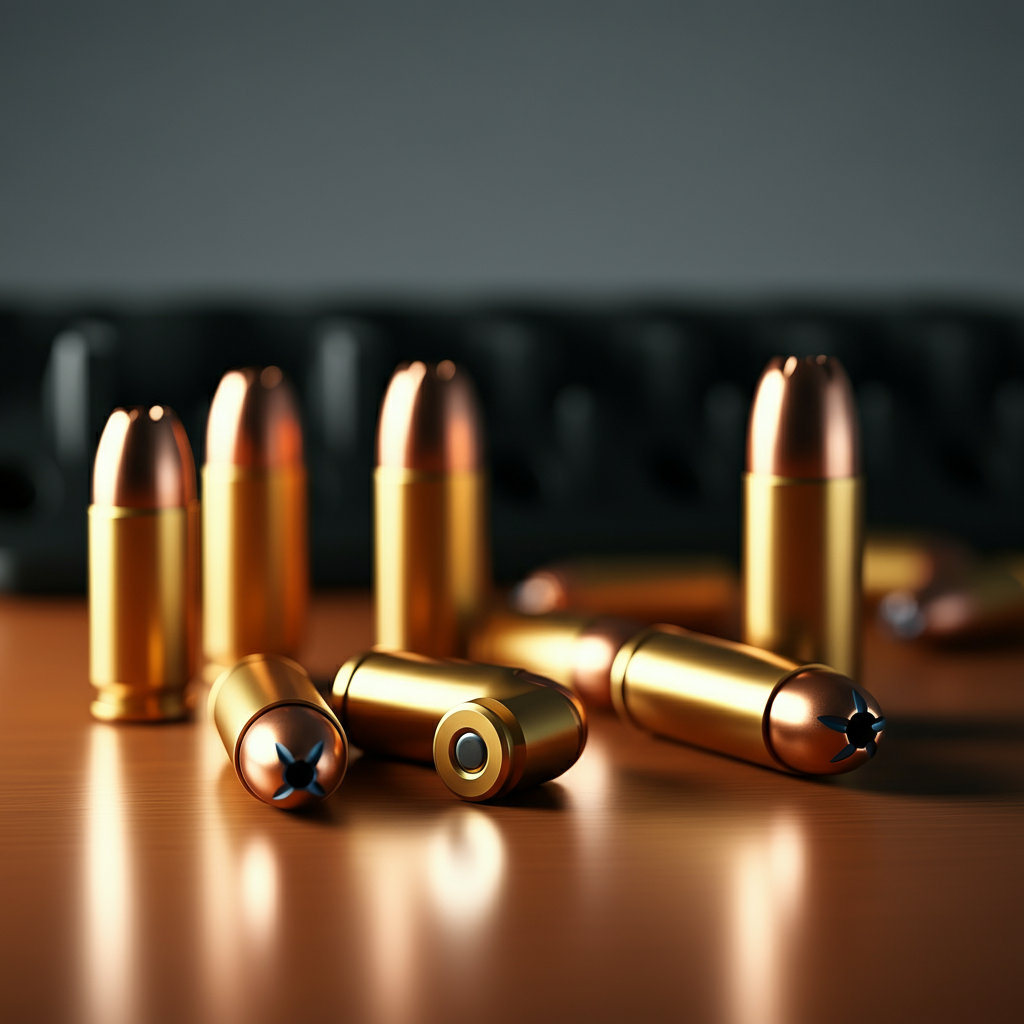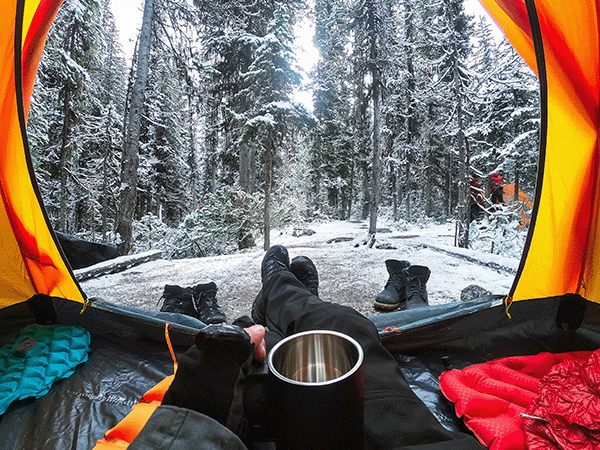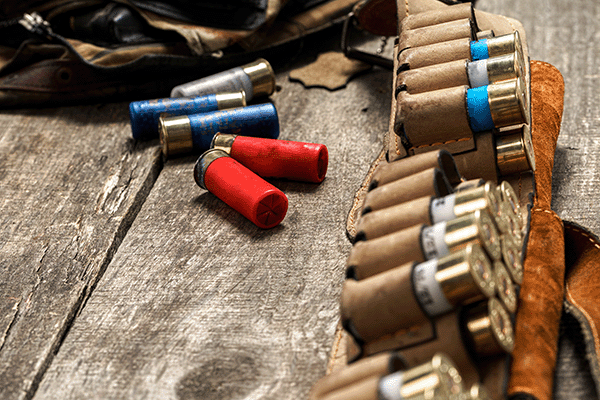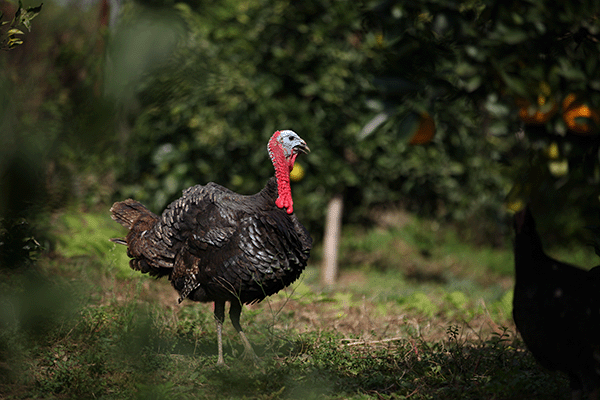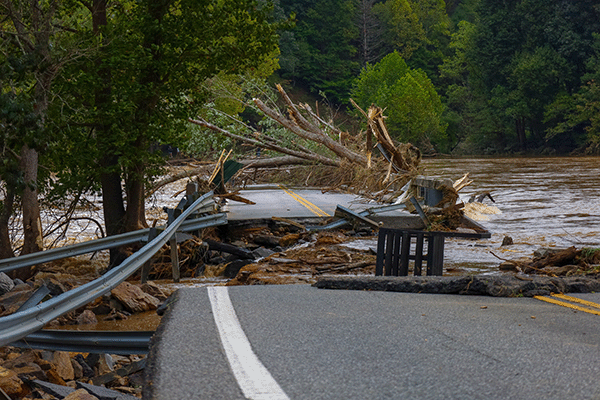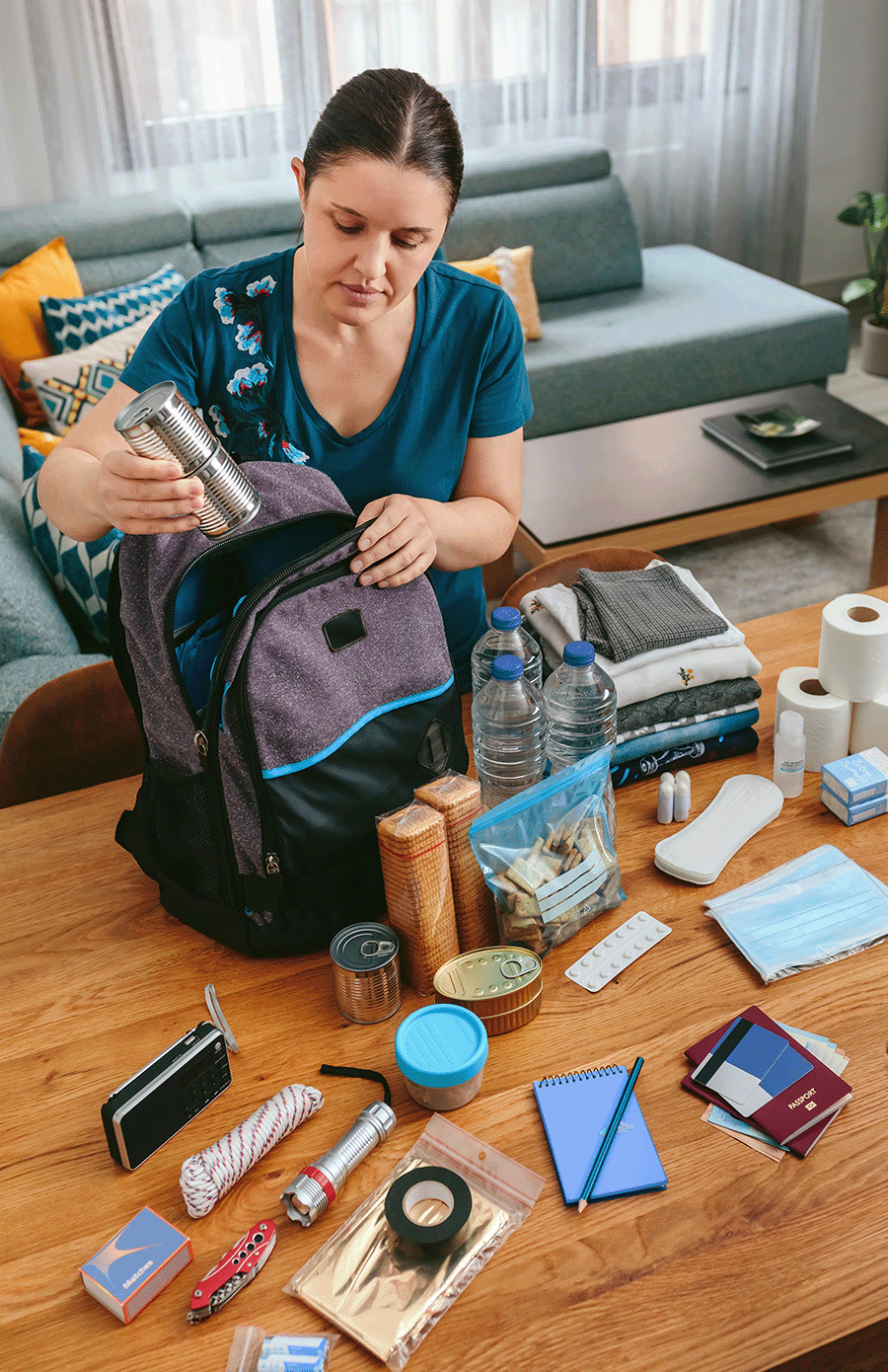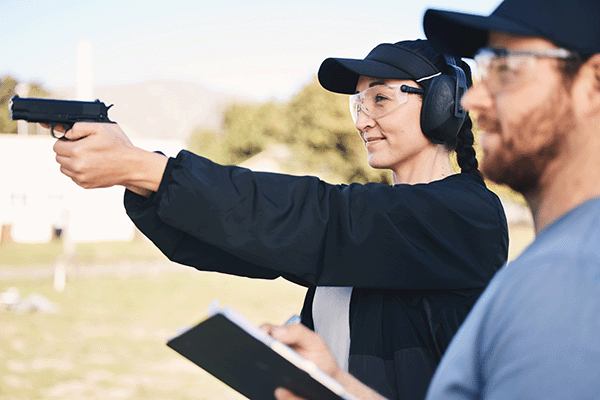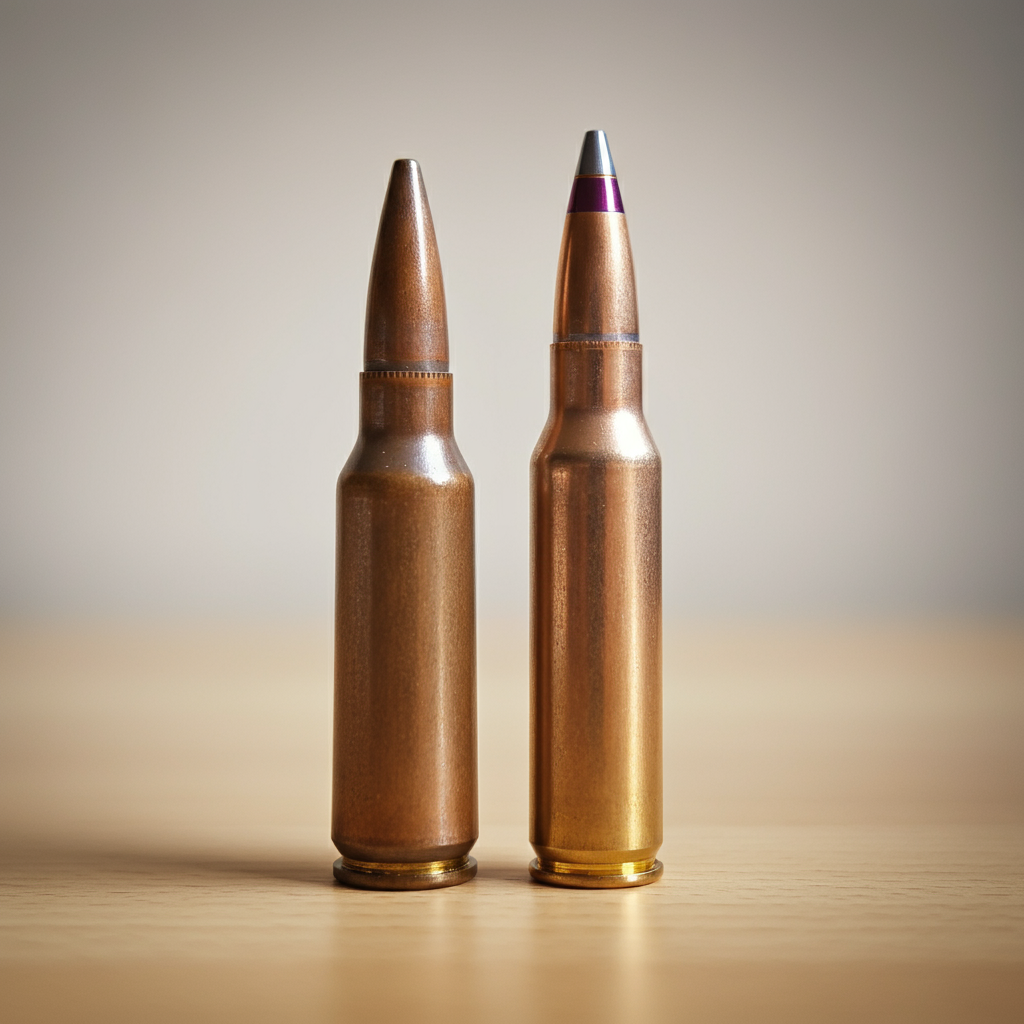
When it comes to ammunition for your rifle, the debate between .223 Remington and 5.56x45mm NATO is a hot topic. Though they may look nearly identical at first glance, these two rounds have important differences that can impact performance, safety, and usability depending on your firearm and shooting goals. If you’ve been wondering about the key differences between .223 and 5.56 ammo, we’ve got you covered. This comprehensive guide will walk you through their distinctions, highlight the pros and cons of each, and help you decide which is better suited to your needs.
What’s the Difference Between .223 Remington and 5.56 NATO?
Although .223 Remington and 5.56 NATO rounds share many physical similarities, they differ in five critical areas: chamber pressure, chamber dimensions, interchangeability, accuracy, and practical use.
1. Chamber Pressure
The primary difference between .223 and 5.56 lies in their operating pressures.
- 5.56 NATO ammunition is manufactured to withstand higher chamber pressures. This results in greater velocity and energy when fired, which can make it more effective in certain situations.
- .223 Remington, on the other hand, is designed to operate at lower pressures. While not as intense as 5.56, its reduced pressure often translates to less wear and tear on your firearm.
Higher pressure translates into more power, but it also requires a firearm that can safely handle it. This brings us to the next major distinction.
2. Chamber Dimensions
The firearms designed for .223 and 5.56 differ slightly when it comes to chamber dimensions, particularly the throat, or “leade,” of the chamber.
- 5.56 NATO chambers feature a longer throat (an area between the chamber and barrel rifling). This extra length is designed to accommodate the higher pressures of 5.56 ammo, dispersing pressure safely without causing damage.
- .223 Remington chambers have a shorter throat and are more tightly dimensioned. This tighter fit boosts accuracy but can result in dangerously high pressures when firing 5.56 ammo, which is not recommended.
Because of these dimensional differences, it’s important to match your ammo to the chambering of your firearm. Firing the wrong type can reduce performance at best and be unsafe at worst.
3. Interchangeability
Can you use 5.56 ammo in a gun chambered for .223, or vice versa? Here’s the answer:
- 5.56 in a .223 chamber is unsafe. The tighter chamber and shorter throat of the .223 barrel can cause dangerous pressure spikes when firing higher-pressure 5.56 rounds. This can lead to malfunctions or, in extreme cases, damage to the firearm.
- .223 in a 5.56 chamber, however, is safe and common. Many firearm owners routinely fire .223 rounds from their 5.56 NATO rifles without issue. The only downside could be a slight dip in accuracy due to the looser chamber fit.
To avoid confusion, check the markings on your barrel or receiver. It will clearly state whether your gun is chambered for .223 Remington, 5.56 NATO, or both.
4. Accuracy
Accuracy is a prime consideration for many firearm enthusiasts, particularly hunters and sport shooters. Here’s how .223 and 5.56 stack up:
- .223 Remington has a reputation for being slightly more accurate. Its lower chamber pressure combined with tighter chamber dimensions make it well-suited for precision shooting. This is why many hunters and target shooters gravitate toward .223.
- 5.56 NATO, while still accurate, may not deliver the same level of precision as .223. That said, it’s more than adequate for applications where pinpoint accuracy is not the top priority.
Ultimately, accuracy differences may also depend on the specific firearm, ammunition brand, and even shooter skill.
5. Applications and Uses
While both .223 and 5.56 can perform many tasks well, each has its favored niches based on its characteristics.
- 5.56 NATO is commonly used in military and tactical settings. Its higher velocity and energy make it effective for combat situations where stopping power and reliability are paramount. Many civilian shooters also favor 5.56 for home defense or range training.
- .223 Remington shines in civilian applications like hunting, target shooting, and varmint control. Its precision and slightly milder recoil make it ideal for these scenarios.
If you’re an enthusiast who does a bit of everything, 5.56 NATO offers versatility. However, if you’re primarily looking for a hunting or competitive round, .223 might be your go-to.
6. Cost and Availability
When choosing between calibers, cost and availability often play a role. Thanks to its widespread military use:
- 5.56 NATO ammo is generally more abundant and often slightly cheaper. Its production is bolstered by high demand among law enforcement and military suppliers, making it a popular and cost-effective choice for civilian shooters.
- .223 Remington ammo may be slightly more expensive, depending on the brand and load type. That said, differences in price are often minor, and both calibers are widely available.
If you’re on a tight budget, keeping an eye on bulk deals or military surplus can make 5.56 NATO even more economical.
Which Should You Choose?
The answer depends on your specific needs and the firearm you own. Here’s a quick breakdown:
- Choose .223 Remington if you prioritize:
- Precision for target shooting or hunting
- Using a rifle chambered specifically for .223
- Slightly reduced recoil and wear on your firearm
- Choose 5.56 NATO if you prefer:
- Higher power and velocity for tactical or defensive purposes
- Versatility with both 5.56 and .223 ammunition in a 5.56 rifle
- Cost-effectiveness, particularly for high-volume shooting
If you’re still unsure, you might consider a rifle chambered for “.223 Wylde.” This hybrid chamber allows safe use of both .223 and 5.56 ammunition while preserving accuracy and handling pressure differences.
Final Thoughts
Both .223 Remington and 5.56 NATO are excellent calibers with overlapping strengths. By understanding their differences in chamber pressure, dimensions, interchangeability, and applications, you can make an informed decision based on your shooting goals and firearm setup.
Before loading up, always double-check your firearm’s markings to ensure compatibility. Safety, accuracy, and performance matter most, so the right ammo depends on matching your gear to your needs. Whether you’re hitting the range, hunting in the field, or engaging in practical training, choosing the proper ammunition will make all the difference.
